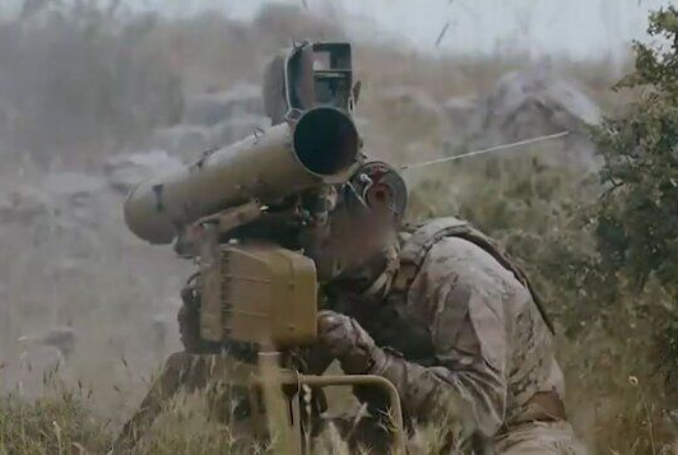
In the last 24 hours, Israeli media has reported that 26 Israeli soldiers were wounded, with 23 of these injuries occurring along the volatile border with Lebanon, while three soldiers were injured in Gaza.
This comes as the Lebanese movement Hezbollah continues to escalate its military operations in support of the Palestinian resistance in Gaza and in defense of the Lebanese people.
Hezbollah’s strikes have targeted Israeli military posts and civilian settlements in northern Israel, including areas around Haifa and Safad, as well as military gatherings and positions on the frontlines along the border.
In this video, Al-Qassam fighters are seen clashing with Israeli forces within a compound ambush west of Jabaliya camp, in northern Gaza. pic.twitter.com/2TjrzW4fMm
— The Palestine Chronicle (@PalestineChron) October 20, 2024
Waves of Rockets
According to the Lebanese news platform Al-Mayadeen, Hezbollah’s recent operations reflect a strategic response to Israeli aggression on Lebanese territory.
In a series of coordinated attacks, the group launched waves of rockets and missiles, extending deep into northern Israel, in addition to direct strikes on Israeli forces attempting incursions into Lebanon.
Two days ago, Israeli media reported a significant incident in which a Hezbollah drone attacked a concentration of Israeli soldiers near the Lebanon border, injuring 31 soldiers in what Israeli outlets described as a “difficult incident”.
This drone strike represents just one of several sophisticated and intense operations Hezbollah has carried out in recent days.
In a statement released by Hezbollah’s Islamic Resistance Operations Room, the group declared it had entered a “new and escalating phase” in its confrontation with Israel.
The Isreali police closed the vital Route 90 in Safed from the Rosh Pinna Junction to the Amiad Junction after a rocket fell. pic.twitter.com/w9l4ZEhSyn
— The Palestine Chronicle (@PalestineChron) October 20, 2024
Substantial Losses
Since the start of Israel’s ground operations, Hezbollah has said it inflicted substantial losses on Israeli forces.
The group reports killing 55 Israeli soldiers, wounding over 500, and destroying more than 20 Israeli Merkava tanks.
Additionally, Hezbollah’s operations have expanded beyond immediate border engagements, with missiles now targeting critical infrastructure and military sites deep in northern Israel, reaching areas like Kiryat Shmona and Safad.
The organization’s resilience stems from decades of preparation for a potential large-scale confrontation with Israel.
According to experts, including Nicholas Blanford of The Atlantic Council, Hezbollah’s leadership has developed a flexible and decentralized command structure that allows for tactical adaptability on the battlefield.
Hezbollah’s Evolving Tactics and Arsenal Challenge Israel’s Military Superiority – WSJ
Field commanders within Hezbollah’s ranks have been granted autonomy to execute their missions effectively, with clear objectives: to inflict maximum damage on Israeli forces attempting incursions into Lebanese territory.
Israeli military officials have acknowledged the growing threat posed by Hezbollah. According to reports from six senior Israeli officials, Hezbollah has proven to be a formidable and highly capable enemy.
The New York Times has similarly noted that Hezbollah’s operations, including rocket barrages, drone attacks, and close-range combat, have created significant challenges for Israeli forces. The newspaper described Hezbollah’s tactical execution as both “complex” and “deadly,” with Israeli troops struggling to adapt to the unexpected intensity of the resistance.
(PC, Al-Mayadeen)